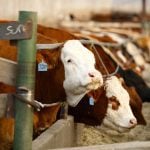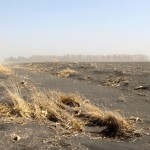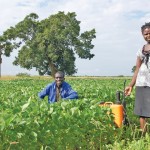Direct marketing grass-fed beef was how Colleen Biggs turned adverse beef market trends into an opportunity for her family’s ranch in east-central Alberta. “When times got really tough for us, we were doing the low-input swath grazing, bale grazing, everything we could to make ends meet on the ranch but when the market crash happened













